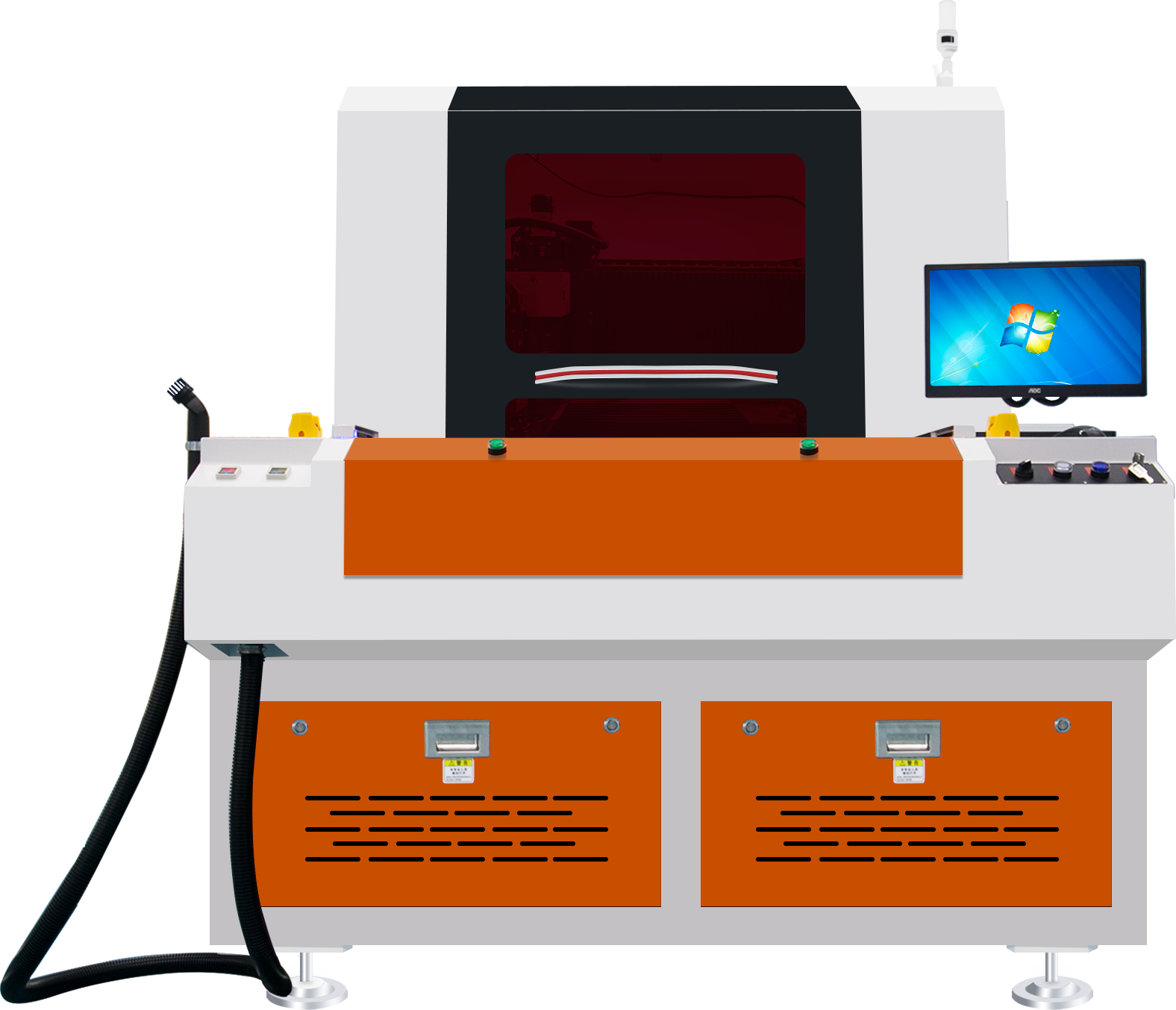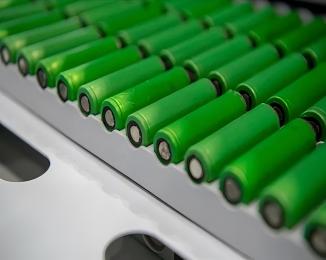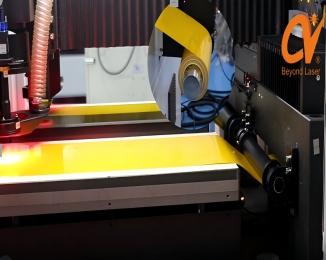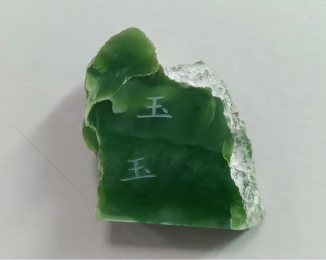
News
Introduction to HDI circuit board resin plugging and laser drilling process
With the continuous updating of electronic product technology, the structure and installation method of electronic chips are also constantly improving and changing.
Its development is basically from components with plug-in pins to highly dense integrated circuit modules with ball-type matrix arrangement of solder joints.
PCB resin plugging is a widely used and popular process in recent years, especially for high-precision multi-layer boards and products with larger thickness.
Resin plugging (electroplating sealing) refers to filling and leveling the vias and making their surfaces completely metallized.
The surface copper plating thickness needs to be at least 5 µm of IPC Class 2 standard, or 12 µm of Class 3 standard.
Therefore, the filling material must be epoxy resin, not solder mask, because epoxy resin can minimize the risk of bubbles or filler expansion during welding.
This is IPC-4761 Type VII - Filled and covered plugging method, which is usually used for vias in disks or high-density BGA areas.
After the holes in the BGA plate are plugged with resin, a layer of copper is electroplated on the surface and then polished. In this way, the patch can be installed.
Resin plugging is mainly used in the following situations:
1. Through-hole plugging on the BGA of a multi-layer PCB board. The use of resin plugging can reduce the distance between holes and solve the problem of wires and wiring.
2. The buried holes of the inner layer HDI. The use of resin plugging can balance the contradiction between the thickness control of the pressed dielectric layer and the design of the inner layer HDI buried hole filling.
3. For through holes with a large thickness of the board, the use of resin plugging can improve the reliability of the product.
At present, most of the PCB circuit board factories in the market still use traditional mechanical drilling methods to make HDI board solder plugging and resin plugging.
In order to meet market demand, Beyond Laser launched a model CY-CT1PZ1-8585 aluminum sheet laser drilling machine, which has significant advantages in both cost and efficiency in actual board production.

Beyond Laser's plug-hole aluminum sheet laser drilling machine:
0.6mm aperture, 0.13mm aluminum sheet, processing speed is 1200-1500 holes/min; 0.6mm aperture, 0.25mm aluminum sheet, processing speed is 600-900 holes/min; the edge of the cross section has no burrs, residues, and warping.
The effect is good, the hole position accuracy is high, and the roundness is good. According to market verification, the actual production efficiency is more than 3 times higher than the traditional mechanical drilling method.
Laser drilling has replaced traditional mechanical drilling, which is the only way for factories to reduce costs and increase efficiency in production and manufacturing.
It is also the only choice for intelligent, efficient and environmentally friendly manufacturing. In the future, laser drilling equipment will occupy a huge volume in PCB industry manufacturing.
-
What are the precautions for operating a laser marking machine?
1. It is strictly prohibited to start the laser power supply and Q-switching power supply when there is no water or the water circulation is abnormal.
2. The Q power supply is not allowed to operate without load (i.e., the output terminal of the Q power supply should be left floating).
3. In case of any abnormal phenomenon, first turn off the galvanometer switch and the key switch, and then conduct a check.
4. It is not allowed to start other components before the krypton lamp is lit to prevent high voltage from entering and damaging the components.
5. Pay attention to leaving the output terminal (anode) of the laser power supply suspended to prevent sparking and breakdown with other electrical appliances.
6. Keep the internal circulating water clean. Regularly clean the water tank and replace it with clean deionized water or pure water.
-
What should we do when laser intensity decreases and the marking is not clear enough?
1. Turn off the machine and check if the laser resonant cavity has changed; Fine-tune the resonant cavity lens. Make the output light spot the best;
2. The acousto-optic crystal is offset or the output energy of the acousto-optic power supply is too low;
Adjust the position of the audio-visual crystal or increase the working current of the audio-visual power supply;
3. The laser entering the galvanometer deviates from the center: Adjust the laser;
4. If the current is adjusted to around 20A but the light sensitivity is still insufficient: the krypton lamp is aging. Replace it with a new one.
-
How to maintain a UV laser cutting machine?
1. It is required to carry out regular cleaning every day, remove debris from the countertop, limiters and guide rails, and spray lubricating oil on the guide rails
2. The waste materials in the collection box should be cleared regularly to prevent excessive waste from blocking the exhaust port.
3. Clean the chiller once every 15 days, drain all the internal water, and then fill it with fresh pure water.
4. The reflector and focusing lens should be wiped with a special cleaning solution every 6 to 8 hours.
When wiping, use a cotton swab or cotton swab dipped in the cleaning solution to wipe from the center to the edge of the focusing lens in a counterclockwise direction.
At the same time, be careful not to scratch the lens.
5. The indoor environment can affect the lifespan of the machine, especially in damp and dusty conditions.
A damp environment is prone to causing rust on the reflective lenses and also easily leading to short circuits, discharge and sparking of the velvet laser.
-
What accidents might be caused by the laser emission when using a laser cutting machine?
(1) A fire was caused by the laser coming into contact with flammable materials.
Everyone knows that the power of laser generators is very high, especially when it comes to high-power laser cutting machines, the temperature of the emitted laser is extremely high. The possibility of a fire being caused when a laser beam comes into contact with flammable objects is very high.
(2) Harmful gases may be produced when the machine is in operation.
For instance, when cutting with oxygen, it undergoes a chemical reaction with the cutting material, generating unknown chemical substances or fine particles and other impurities. After being absorbed by the human body, it may cause allergic reactions or discomfort in the lungs and other respiratory tracts. Protective measures should be taken when conducting work.
(3) Direct laser exposure to the human body can be harmful.
The damage caused by lasers to the human body mainly includes damage to the eyes and skin. Among the harms caused by lasers, the damage to the eyes is the most severe. Moreover, damage to the eyes is permanent. So when doing homework, you must pay attention to protecting your eyes.
-
What is the focused spot diameter of nanosecond, picosecond and femtosecond laser?
Nanosecond: The light spot is 0.5-1mm.
Picosecond: The focused spot is around 0.02mm.
Femtosecond: Under the action of a laser beam with a high repetition rate of 100-200KHz and a very short pulse width of 10ps,
the focused spot diameter is as small as 0.003mm.
-
What are the main applications of UV laser cutting machine?
The UV laser cutting machine can be used for cutting and depaneling PCB.
It can precisely cut and shape various types of PCB circuit boards with V-CUT and stamp holes, and open Windows and covers.
It can also be used for separating packaged circuit boards and ordinary smooth boards.
It is suitable for cutting various types of PCB substrates, such as ceramic substrates, rigid-flex boards, FR4, PCBs, FPCs, fingerprint recognition modules, cover films, composite materials, copper substrates, aluminum substrates, etc.
-
Precautions for laser cutting machines to process various metal materials?
Copper and brass:
Both materials have high reflectivity and excellent thermal conductivity.
Brass with a thickness of less than 1mm can be processed by nitrogen laser cutting.
Copper with a thickness of less than 2mm can be cut. The gas used for laser cutting processing must be oxygen.
Copper and brass can only be cut when a "reflective absorption" device is installed on the system. Otherwise, reflection will damage the optical components.
Synthetic materials:
Processable synthetic materials include: thermoplastics, thermosetting materials and artificial rubber.
Aluminum:
Despite its high reflectivity and thermal conductivity, aluminum materials with a thickness of less than 6mm can be cut, depending on the type of alloy and the capacity of the laser.
When cutting with oxygen, the cutting surface is rough and hard.
When nitrogen is used, the cutting surface is smooth.
Pure aluminum is extremely difficult to cut due to its high purity.
Only when a "reflection and absorption" device is installed on the fiber laser cutting machine system can aluminum materials be cut.
Otherwise, reflection will damage the optical components
-
What should be paid attention to when laser cutting stainless steel?
Laser cutting processing of stainless steel requires the use of oxygen, under the condition that edge oxidation is not a concern.
If nitrogen is used to achieve an edge free of oxidation and burrs, no further processing is required.
Coating an oil film on the surface of the sheet will achieve a better perforation effect without reducing the processing quality.




